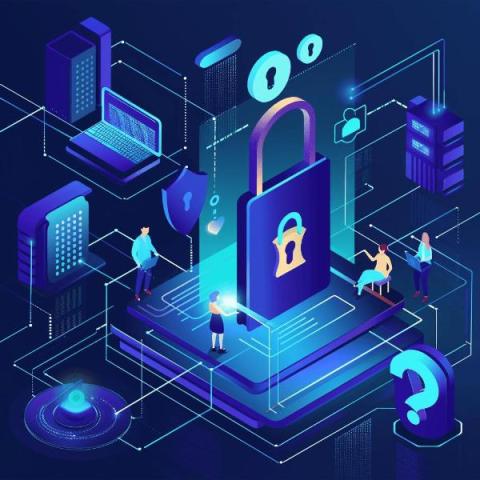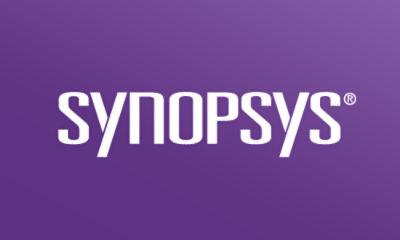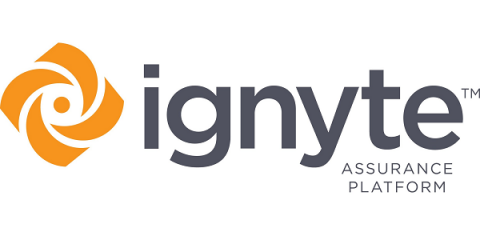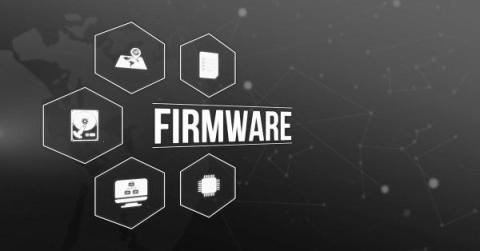How LDAP is used in Active Directory
The primary protocol employed within Microsoft’s Active Directory(AD) is Lightweight Directory Access Protocol (LDAP). While LDAP serves as a fundamental component in AD, its application extends beyond, enabling user authentication in various tools and client environments. This includes Red Hat Directory Servers on UNIX systems and OpenLDAP, an open-source application used on Windows platforms.










